Gram FV 220 User manual
Other Gram Scale manuals

Gram
Gram WHITE MEL SERIES User manual
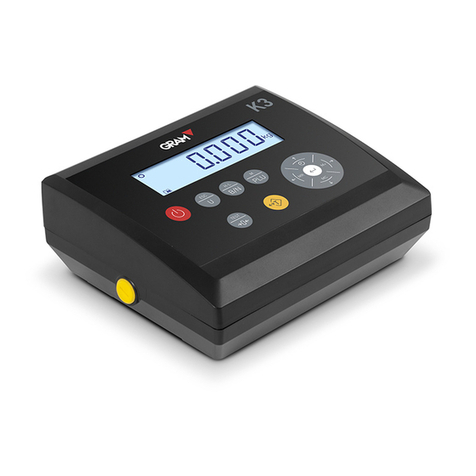
Gram
Gram K3 SERIES User manual
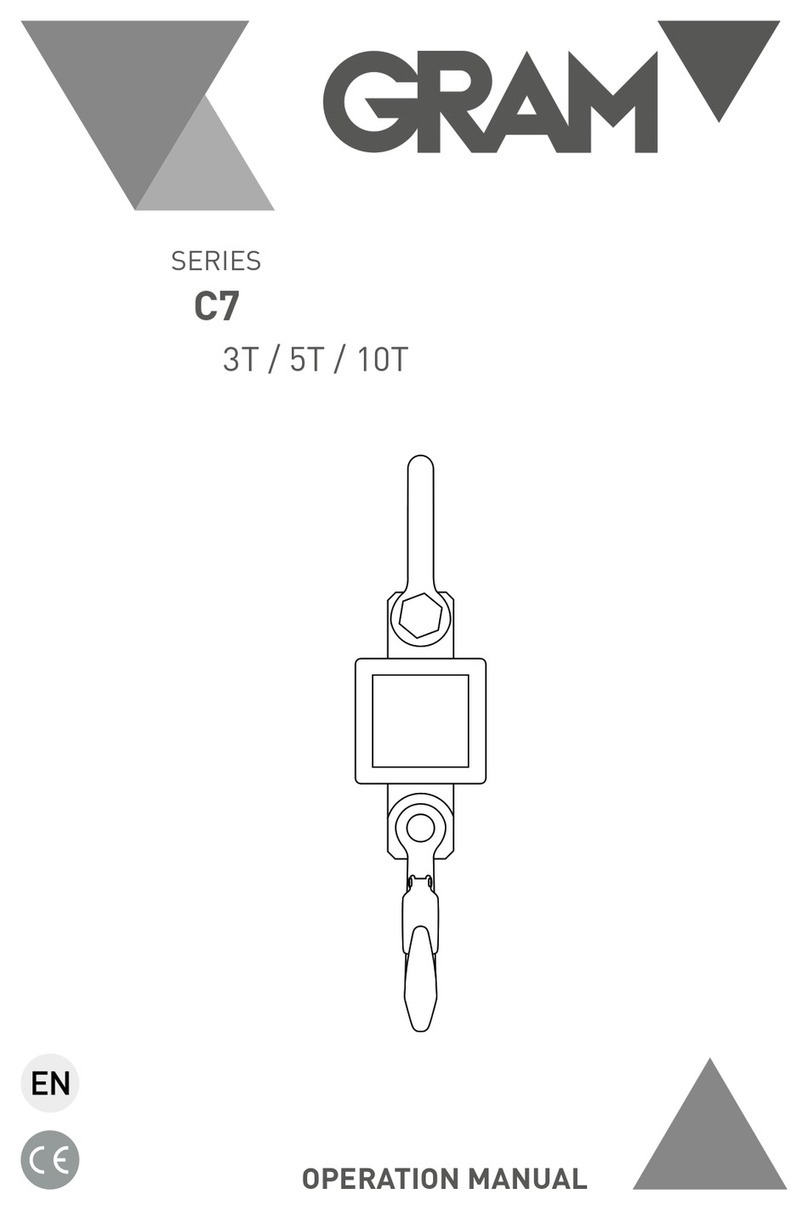
Gram
Gram C7 Series User manual
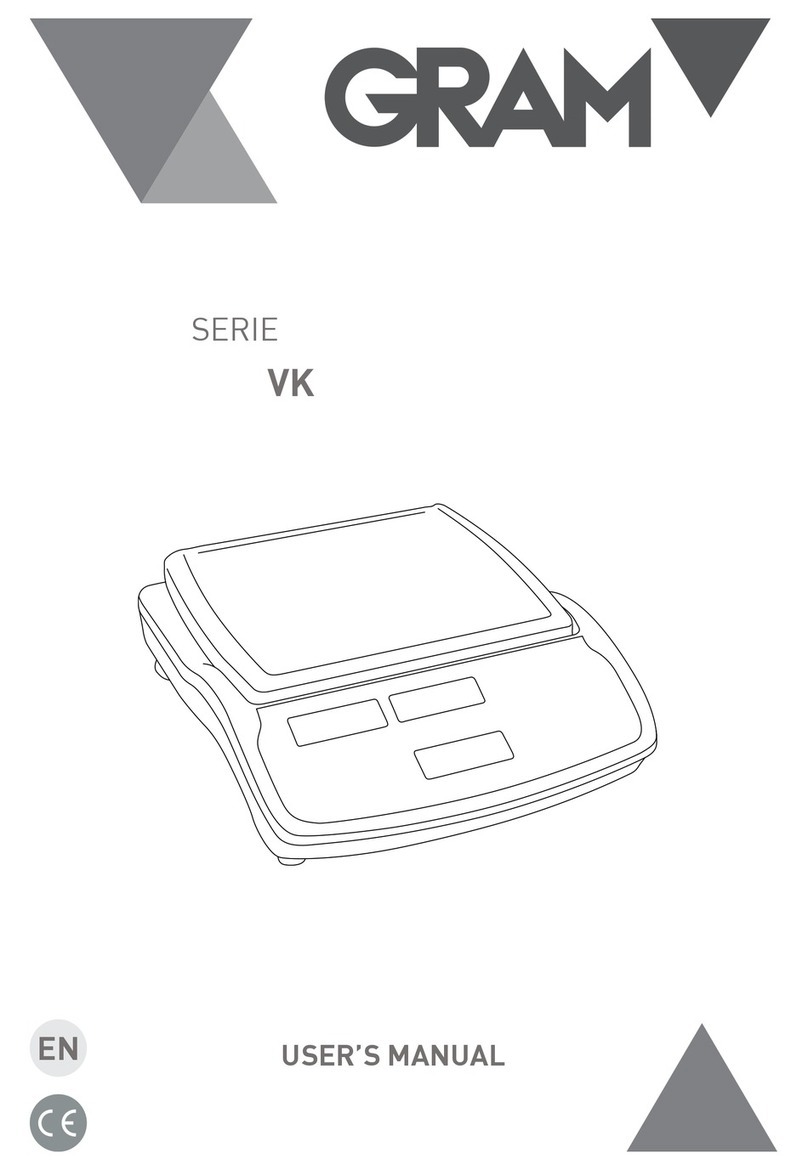
Gram
Gram VK Series User manual
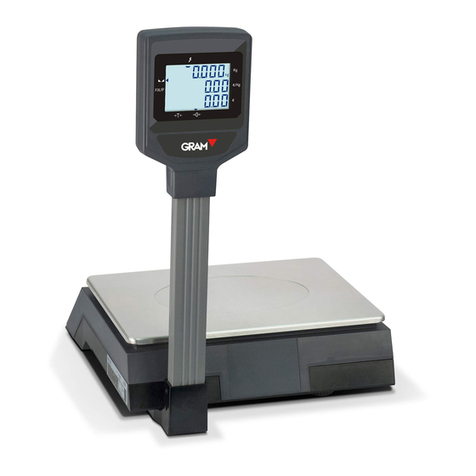
Gram
Gram ZFOC Series User manual
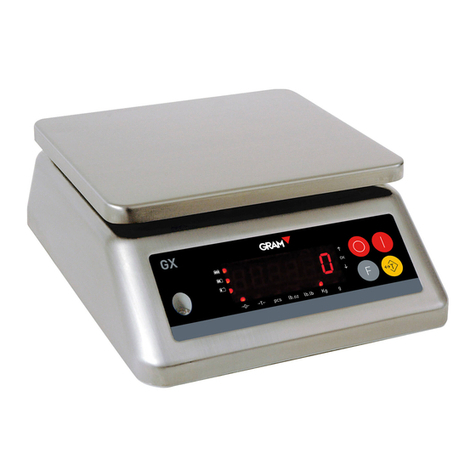
Gram
Gram GX Series User manual

Gram
Gram EH 500 User manual
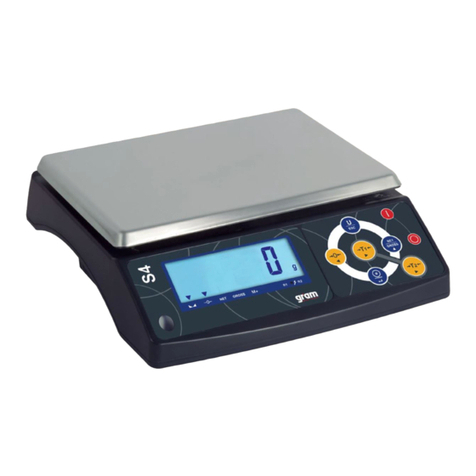
Gram
Gram S4 Series User manual
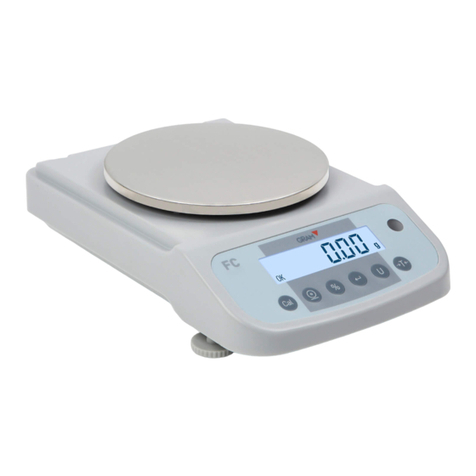
Gram
Gram FC Series User manual
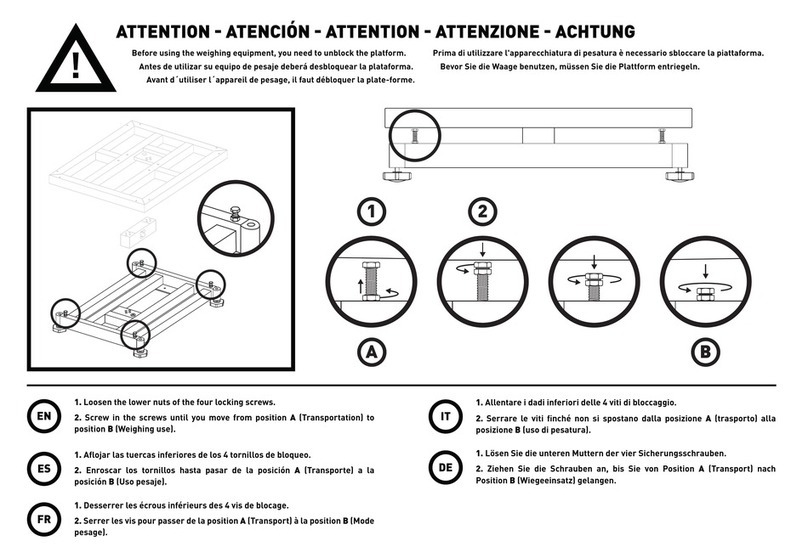
Gram
Gram ACUREX TXM User manual
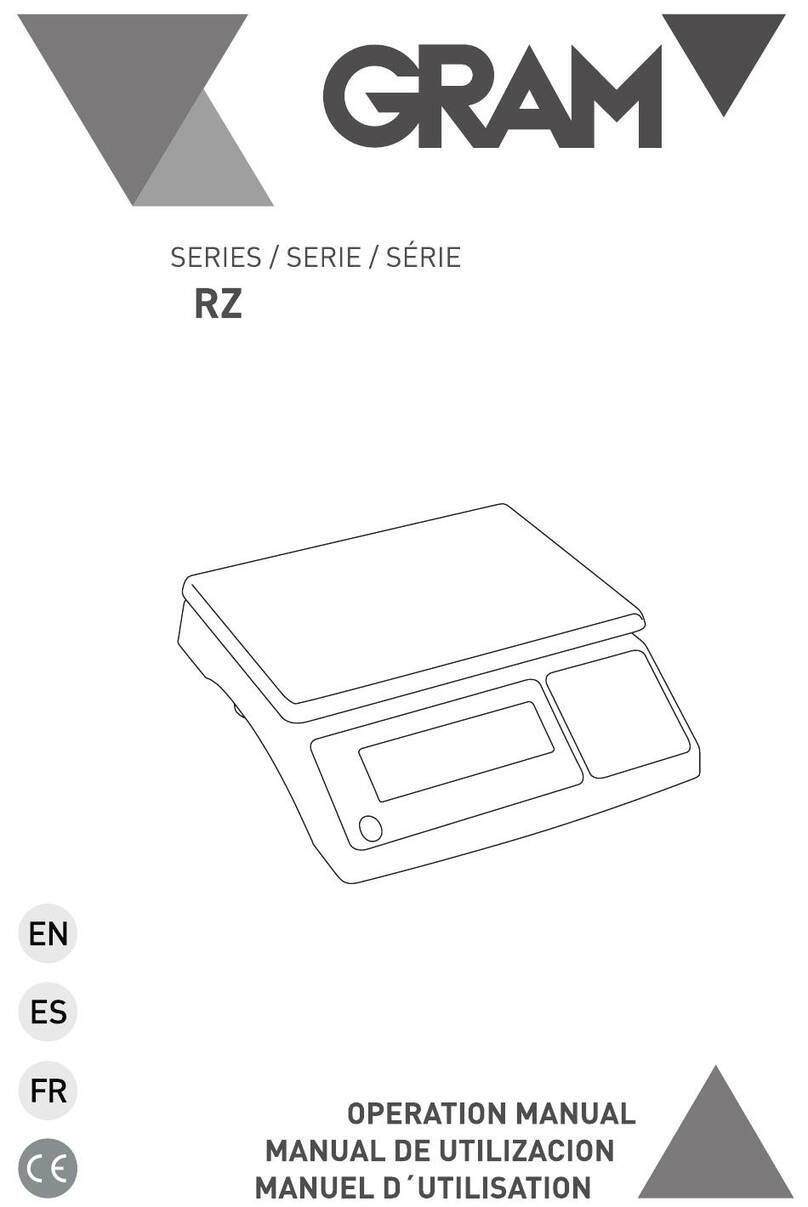
Gram
Gram RZ Series User manual

Gram
Gram FD 410 SERIES User manual
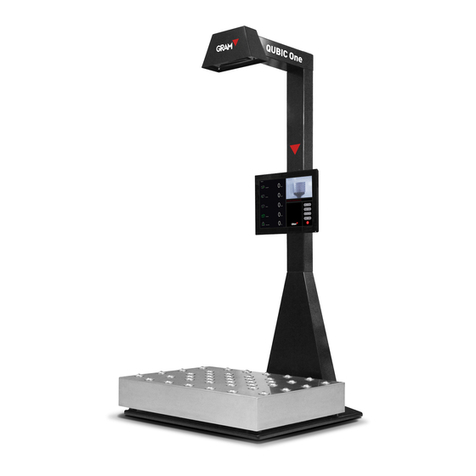
Gram
Gram QUBIC ONE User manual
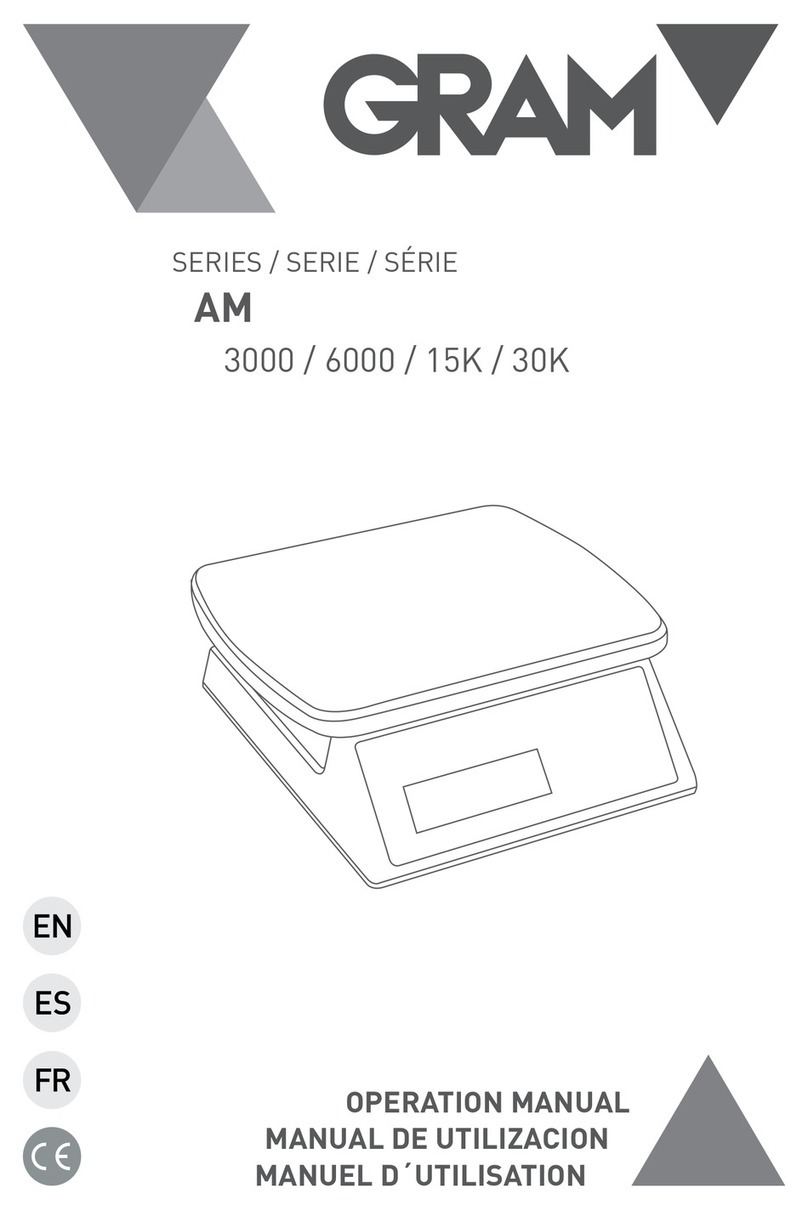
Gram
Gram AM-3000 Installation manual
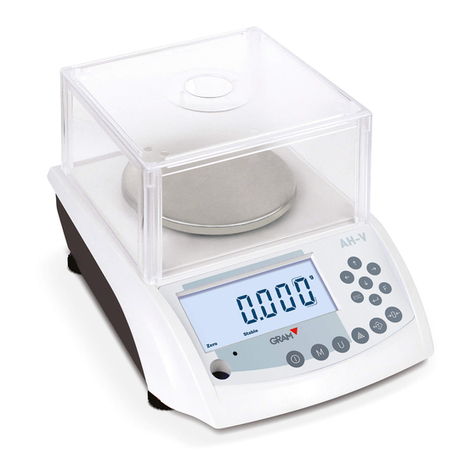
Gram
Gram AHV Series User manual
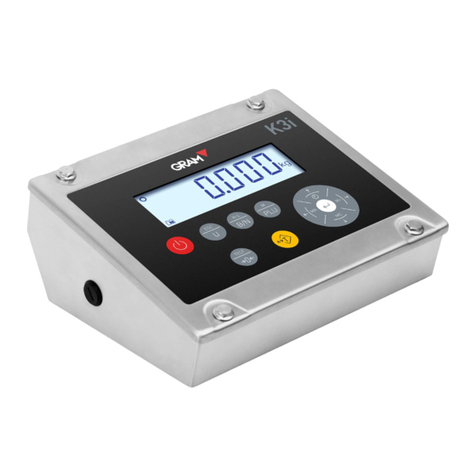
Gram
Gram K3iX Series User manual
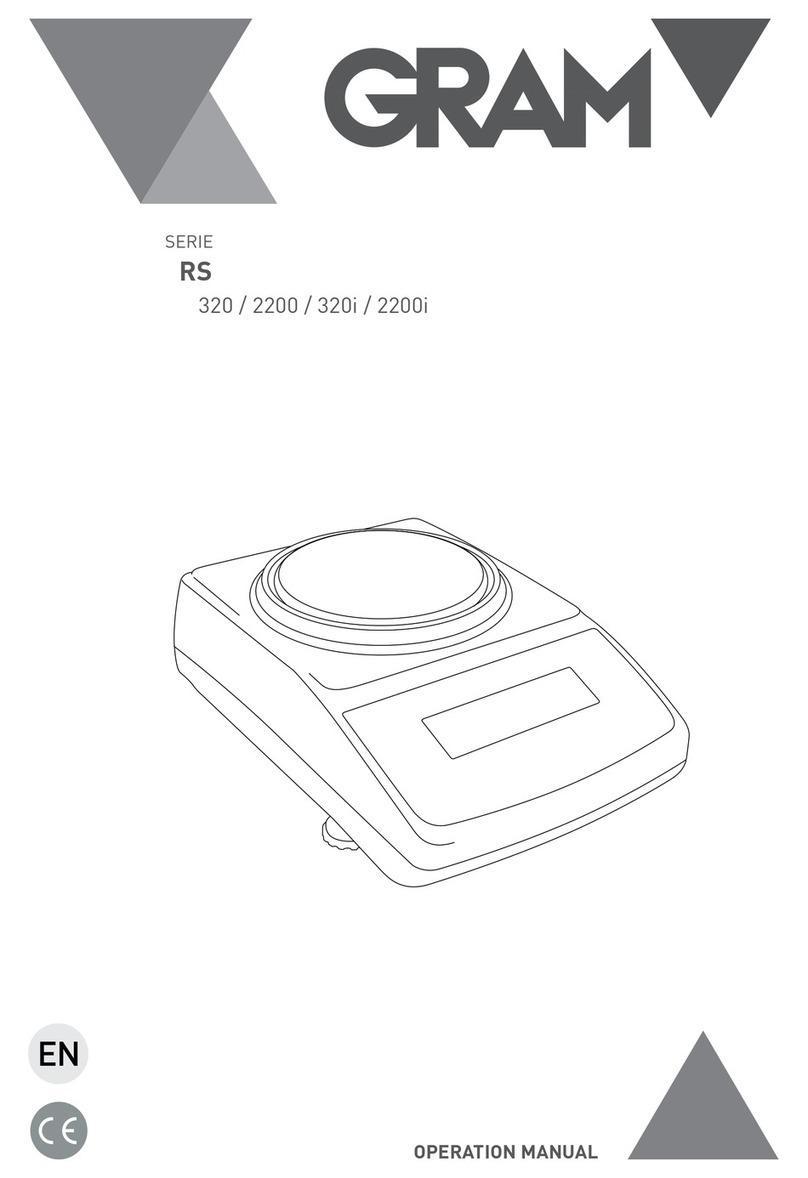
Gram
Gram RS Series User manual
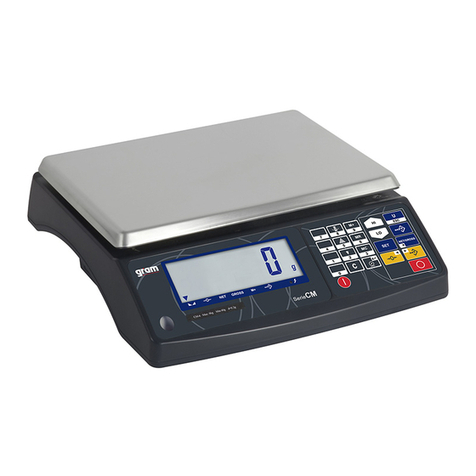
Gram
Gram CM-3 User manual
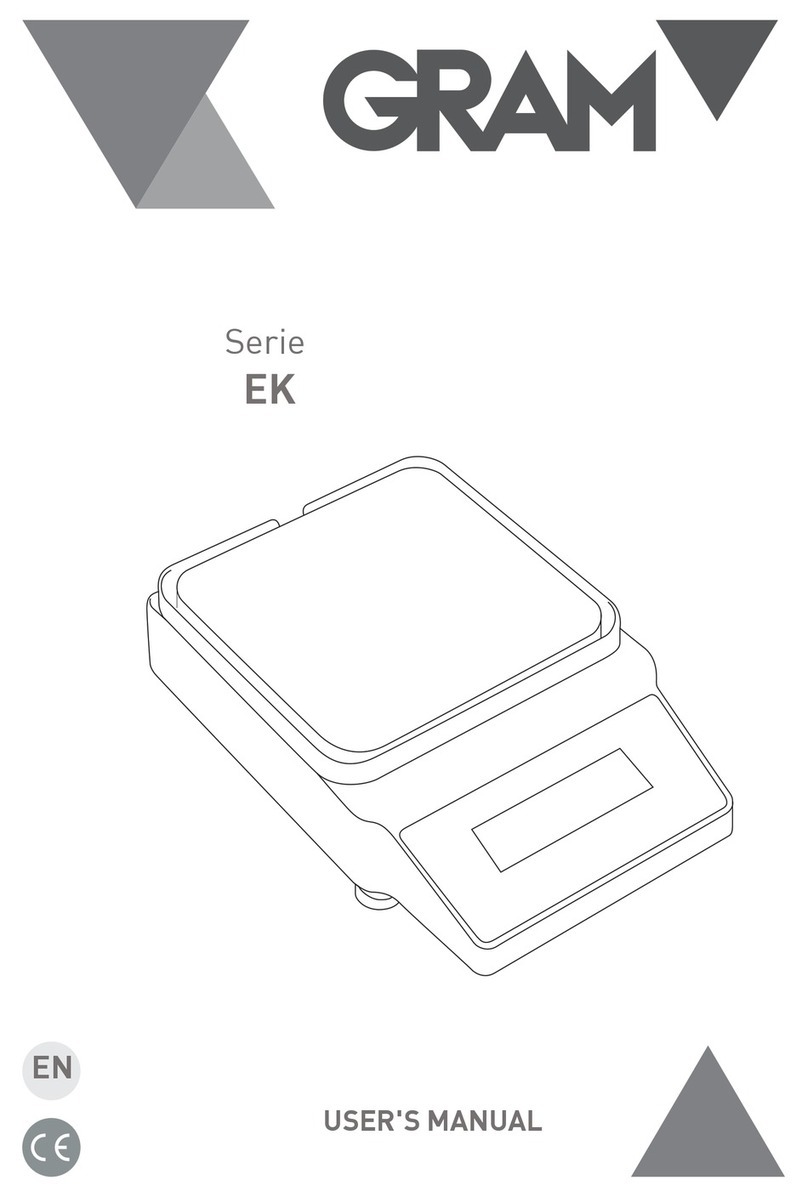
Gram
Gram EK Series User manual
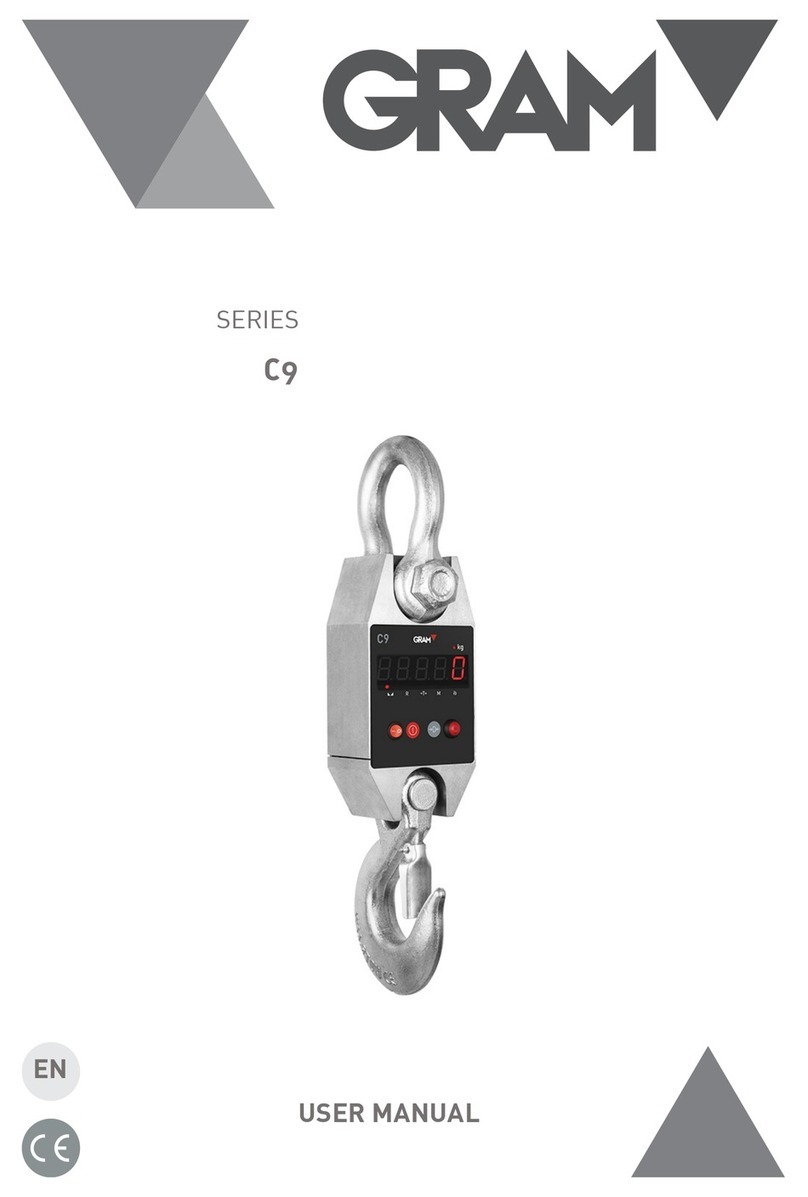
Gram
Gram C9 Series User manual































